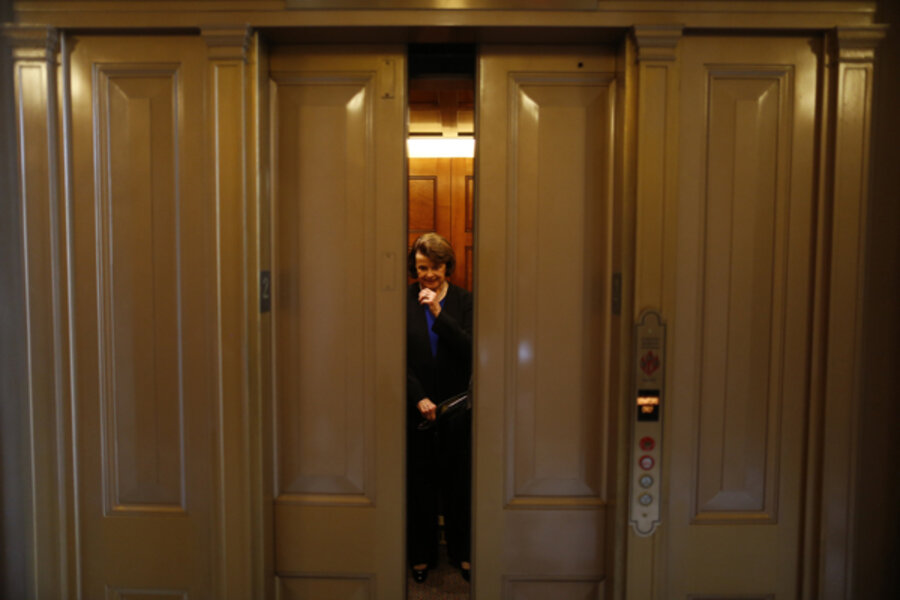Senate balks on gun control. Reasons for the division.
Loading...
My first reaction on hearing of the Senate’s failure to get 60 votes for even modest measures to regulate the flow of guns into the hands of people who shouldn’t have them, such as background checks supported by 90 percent of Americans, was to be furious at the spinelessness of the four Senate Democrats who voted against the measure (Mark Begich, Max Baucus, Mark Pryor, and Heidi Heitkamp), as well as the Republicans. And also with Harry Reid, who wouldn’t lead the fight on changing the filibuster rule when he had the chance.
The deeper message here is that rural, older, white America occupies one land; younger, urban, increasingly non-white America lives in another. And the dividing line on social issues (not just guns, but also abortion, equal marriage rights, and immigration reform) runs between the two.
Yes, I know: Plenty of people who are rural, older, and white aren’t regressives on guns, abortion, equal marriage, and immigration. And plenty who are urban, younger, and non-white are. My point is that if you want to explain what’s happening in America on these non-economic issues you have to understand what’s happening to the nation demographically — and why the demographic split is important.
Begich, Baucus, Pryor, and Heitkamp may be Democrats but they’re also from rural, older, white America. That land has disproportionate political power in the Senate, and a gerrymandered House — which may not bode well for immigration reform over the next few months, and suggests continuing battles over “state’s rights” to determine who can marry and when human life begins.
Over time, though, older, rural, white America is losing ground to a nation becoming ever younger, more urban, and increasingly non-white — a fact that threatens the former so much that it’s in full backlash against the forces of change.






